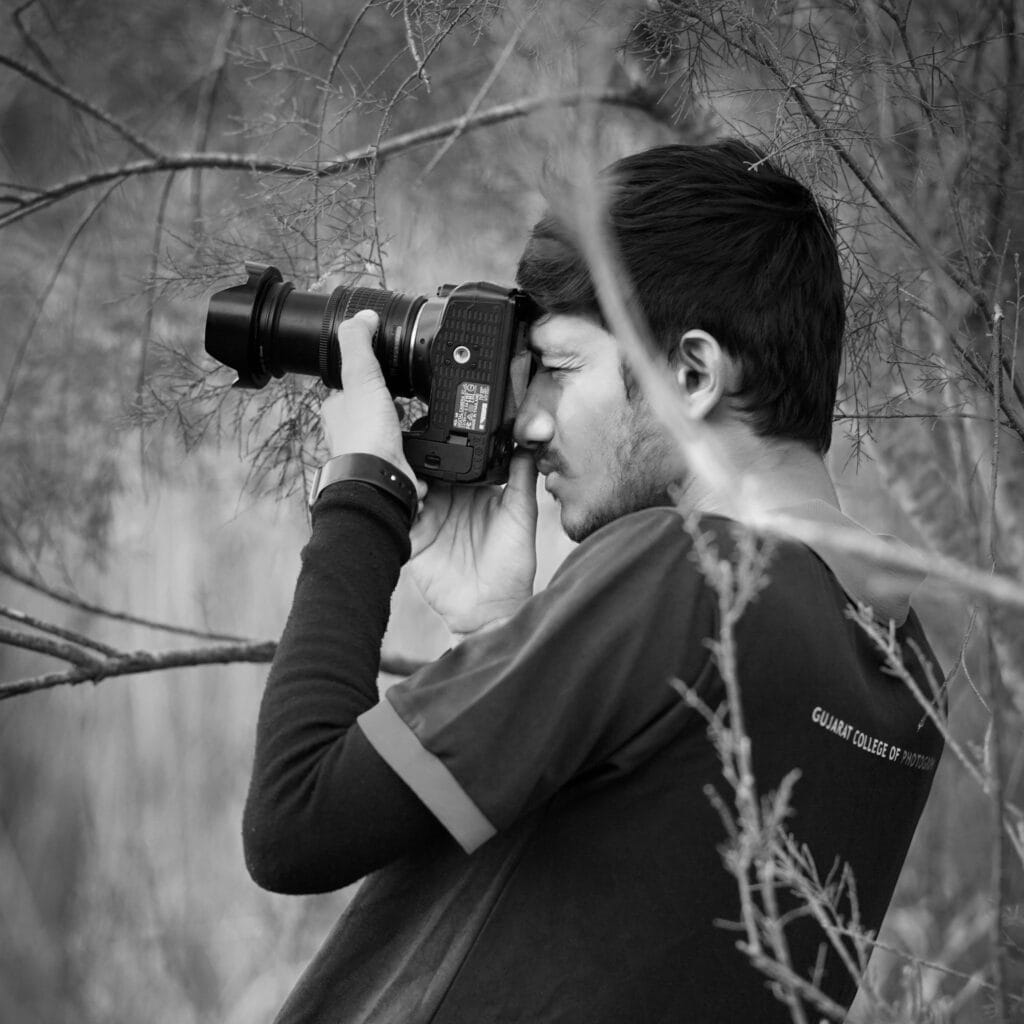Prime lenses, known for their fixed focal lengths and high image quality, are a favorite among photographers for their sharpness and speed. But before buying your first prime lens, there are three essential things to know to make sure you’re investing wisely.
Understanding Focal Length and Aperture
When choosing a prime lens, consider its focal length. Popular prime lenses include:
35mm and 50mm: These versatile lenses are great for everyday use, from portraits to street photography.
85mm: An ideal choice for portraits, providing a flattering perspective and background blur.
The aperture of a prime lens (e.g., f/1.8, f/1.4) determines how much light it can gather, which is crucial for low-light conditions and achieving a soft background.
Benefits of Prime Lenses for Beginners
Prime lenses force photographers to move and experiment with framing, improving their skills over time. With fewer moving parts, prime lenses are often lighter and more affordable, making them ideal for beginners eager to improve image quality without investing heavily.
Choosing the Right Lens for Your Goals
Think about your photography goals before choosing a focal length:
Portraits: An 85mm or 50mm lens is ideal.
Street Photography: A 35mm lens allows you to capture scenes and context.
Low-Light Scenarios: Look for a lens with a wider aperture like f/1.4 for sharp images in dim light.
Conclusion
A prime lens can be a great addition to any beginner’s kit. It teaches you to be thoughtful about composition and perspective. If you’re unsure about what’s best, consider enrolling in a photography course where you can experiment with different lenses and get expert advice.

